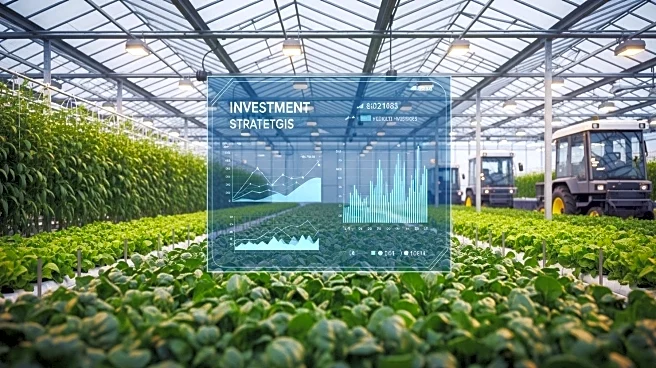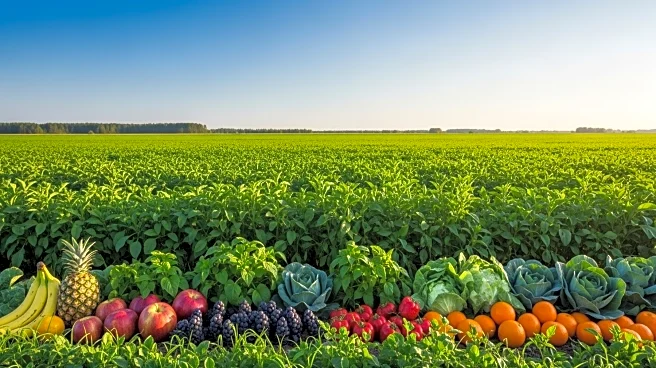What's Happening?
In Portsmouth, New Hampshire, Iris Phoebe Weaver, a seasoned herbalist and foraging instructor, is witnessing a resurgence in the practice of foraging. Weaver conducts nature walks to educate individuals on the medicinal and culinary uses of wild plants, such as dandelions. This revival is part of a broader trend where people are increasingly interested in foraging for wild mushrooms, edible plants, shellfish, and seaweed. The practice, which predates agriculture, is gaining popularity due to its environmental benefits and the creative culinary possibilities it offers. Foraging is accessible in various landscapes, from urban areas to forests, provided that foragers have the necessary permissions. The trend is supported by social media sharing and educational programs, such as those offered by Iowa University Extension Program, which has seen a surge in interest in mushroom foraging. Chefs like Evan Mallett of Black Trumpet Bistro are incorporating foraged ingredients into their menus, further sparking interest in this ancient practice.
Why It's Important?
The revival of foraging reflects a growing awareness of sustainable practices and a desire to reconnect with nature. It offers economic benefits, as foraging is a cost-free activity, and environmental advantages by promoting local and seasonal consumption. The trend also supports biodiversity and conservation efforts, as it encourages people to appreciate and protect natural habitats. Foraging can enhance culinary experiences by introducing unique flavors and ingredients, fostering creativity among chefs and home cooks alike. This movement may influence food industry trends, encouraging restaurants to source locally and reduce their carbon footprint. Additionally, it provides educational opportunities, as more people seek knowledge about safe and sustainable foraging practices.
What's Next?
As interest in foraging continues to grow, educational programs and workshops are likely to expand, offering more opportunities for people to learn about sustainable practices. Restaurants may increasingly feature foraged ingredients, appealing to consumers interested in unique and environmentally friendly dining experiences. There may also be increased collaboration between environmental organizations and foraging communities to promote conservation efforts. The trend could lead to policy discussions about land access and the regulation of foraging activities to ensure sustainability and safety.
Beyond the Headlines
The foraging revival may have deeper cultural implications, as it encourages a shift towards valuing traditional knowledge and practices. It highlights the importance of understanding and respecting natural ecosystems, potentially fostering a greater sense of community and connection to the environment. This movement could inspire broader discussions about food security and the role of local food systems in addressing global challenges. Ethically, it raises questions about the balance between foraging and conservation, emphasizing the need for responsible practices that protect biodiversity.










